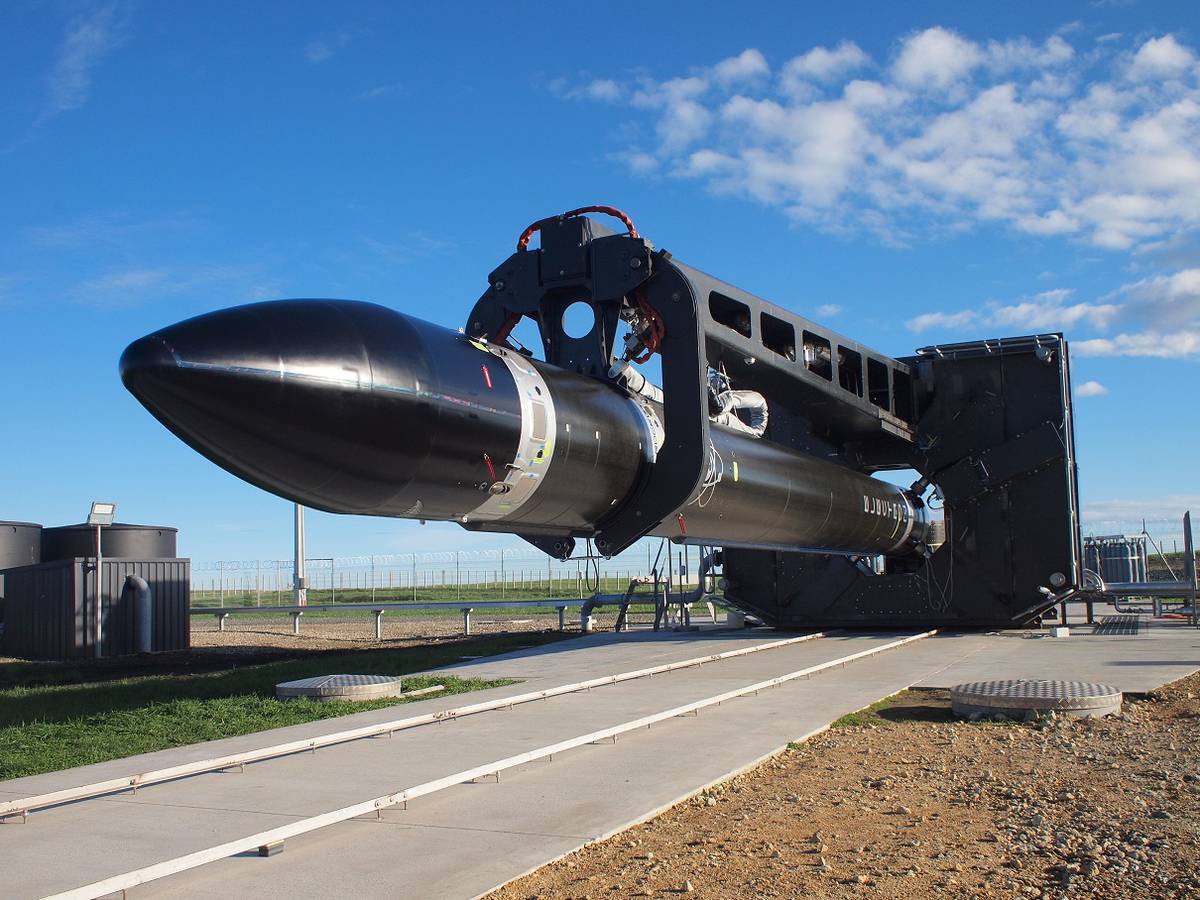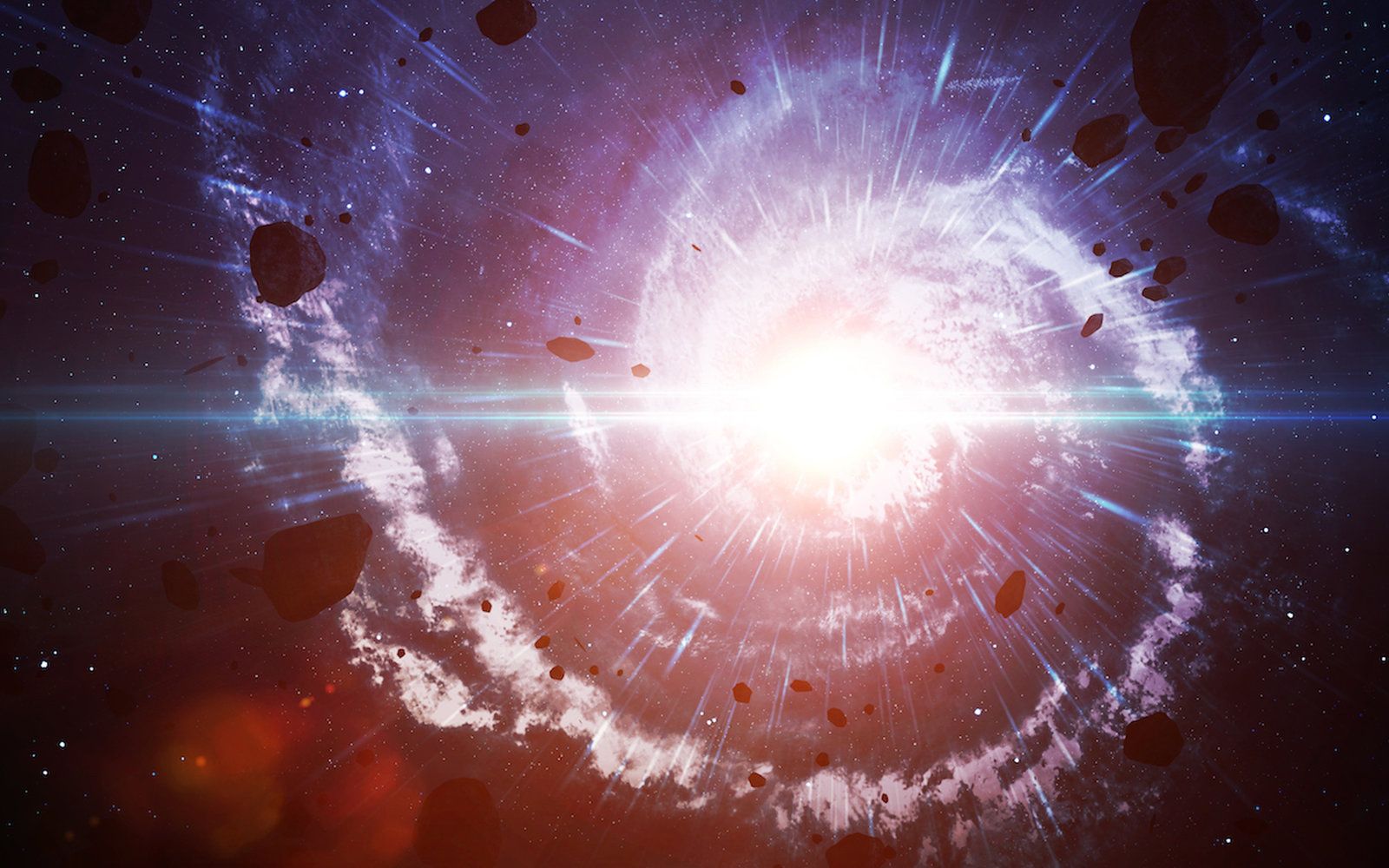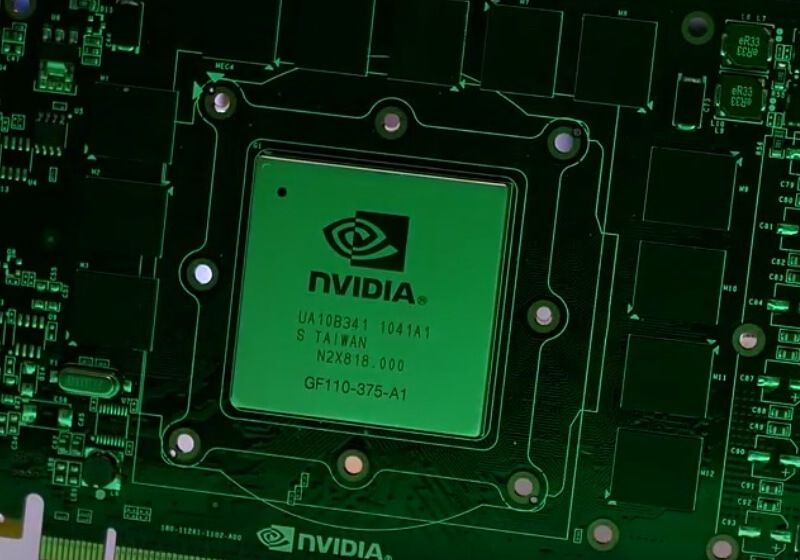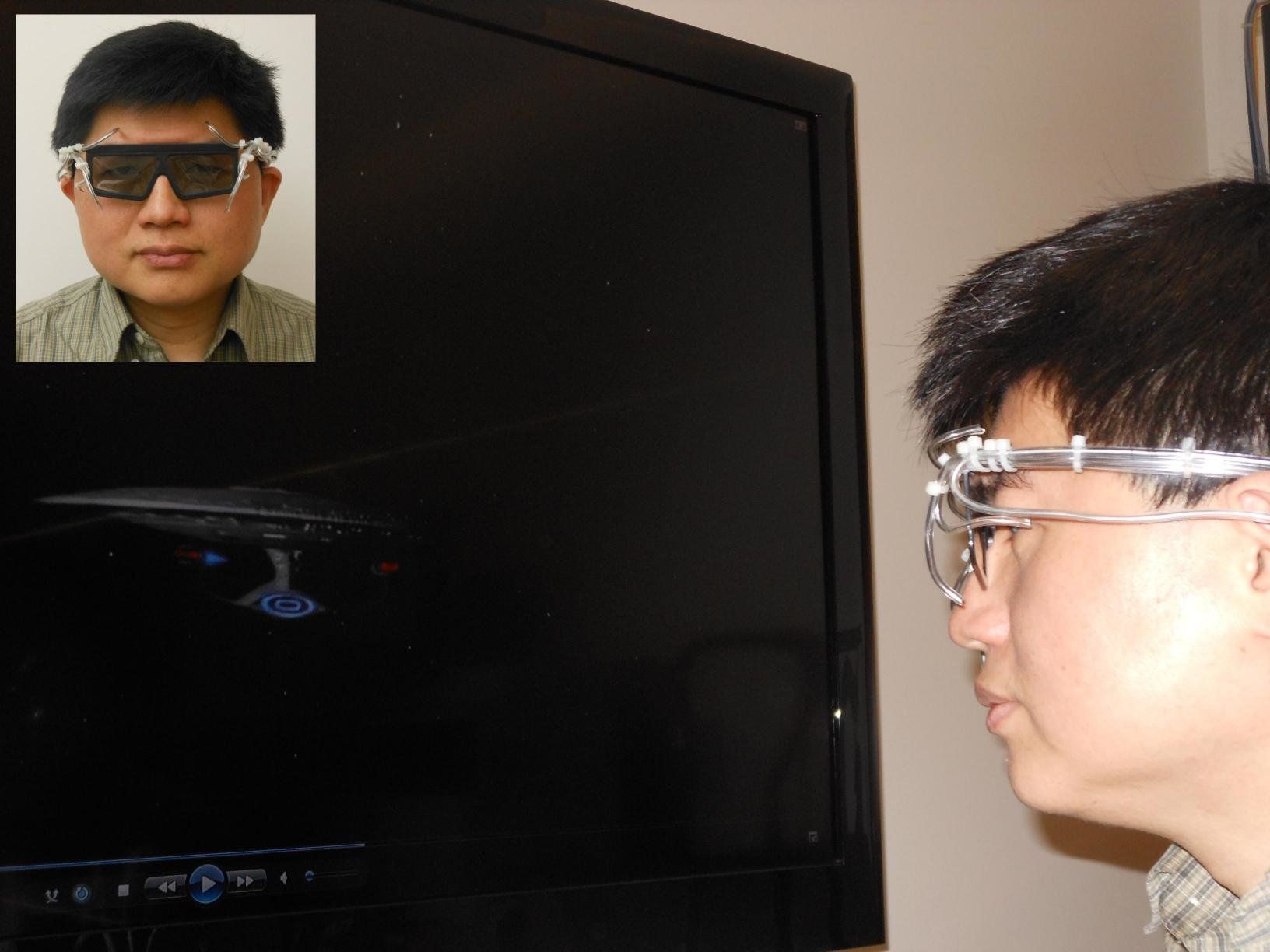Researchers use the world’s strongest material to create a film that can harden like a diamond upon impact.



Space has suddenly become big in New Zealand, but Rocket Lab is just one example of what is starting to look like exponential growth in commercial activity. Business consultant and self-confessed space junkie Kevin Jenkins looks into how things are shaping up.
One space narrative is about disappointment. The 1950s and 1960s were about possibilities, and landing on the Moon seemed to prove that the science fiction of the 20th century really was just history written before it happened. But the promise of space seemed to peter out. The Apollo moon programme came to look more like a peak or end-point, rather than the trial run for Mars some in the space programme had hoped it would be.
After Apollo, “space” seemed to shift back to being more of a popular culture theme. For example, the famous song, album and movie Space is the Place is by one of my favourite jazz weirdos, Sun Ra, who was adamant he came from Saturn. Space became a dominant meme in pop and rock music too, as well as a mainstay in novels and films.
Raising the bar for AI
The Chinese game of Go is considered one of the most complex games of strategy in human history. In 2016, AlphaGo, a computer programme created by London-based engineers, beat Lee Sedol, a top player of the game. AlphaGo went on to beat several of the world’s best players before it was retired from the game to focus on even more challenging global problems.

At the time of the Big Bang, all the matter in the universe was smooshed into an incredibly hot, infinitely dense speck of matter.
But what happened before that? It turns out, famed physicist Stephen Hawking has an answer, which he gave in an interview with his almost-as-famous fellow scientist, Neil deGrasse Tyson. Hawking discusses these ideas and others on the series finale of Tyson’s “StarTalk” TV show, which airs this Sunday (March 4) at 11 p.m. ET on the National Geographic Channel.
Hawking’s answer to the question “What was there before there was anything?” relies on a theory known as the “no-boundary proposal.”

Rumors swirled earlier this week suggesting Nvidia was preparing to showcase its next generation of GeForce graphics cards during its GPU Technology Conference (GTC) at the end of the month (or perhaps even during the annual Game Developers Conference a week earlier).
Unfortunately, neither venue will host the big reveal according to a recent report from Tom’s Hardware. Multiple independent sources tell the site that apart from a possible announcement and a vague appetizer, nothing concrete regarding Nvidia’s next-gen gaming hardware is likely to be shared at the shows.
“Rumors that these venues would be the big reveal for Nvidia’s 2018 cards to succeed its current Pascal lineup should be put to rest,” the site advises.


Alex Garland continues to cultivate his reputation as one of the most exciting and challenging voices in modern science fiction cinema.
Annihilation is an upcoming science fantasy action horror film written for the screen and directed by Alex Garland based on the novel of the same name by Jeff VanderMeer. The film stars Natalie Portman, Jennifer Jason Leigh, Gina Rodriguez, Tessa Thompson, Tuva Novotny, and Oscar Isaac.
Having previously written screenplays for cult classics like 28 Days Later and Dredd, Garland’s Ex Machina is arguably the definitive film about artificial intelligence (and killer robots) of the 21st century. And that was only his directorial debut.

A team of researchers at UC San Diego and San Diego State University has developed a pair of “4D goggles” that allows wearers to be physically “touched” by a movie when they see a looming object on the screen, such as an approaching spacecraft.
The device was developed based on a study conducted by the neuroscientists to map brain areas that integrate the sight and touch of a looming object and aid in their understanding of the perceptual and neural mechanisms of multisensory integration.
But for the rest of us, the researchers said, it has a more practical purpose: The device can be synchronized with entertainment content, such as movies, music, games and virtual reality, to deliver immersive multisensory effects near the face and enhance the sense of presence.
“For 4 Billion Years Nothing Has Changed in the Rules of the Game of Life. That is Ending.”
~ Yuval Harari
What can we learn from a history of the future? Historian Yuval Harari takes us on a journey through technological development and challenges leaders to develop a substantive vision of what it means for society, politics, religion and ideology.
Introduced by · gillian R. tett, managing editor, US, financial times, USA
With · yuval noah harari, professor, department of history, hebrew university of jerusalem, israel.